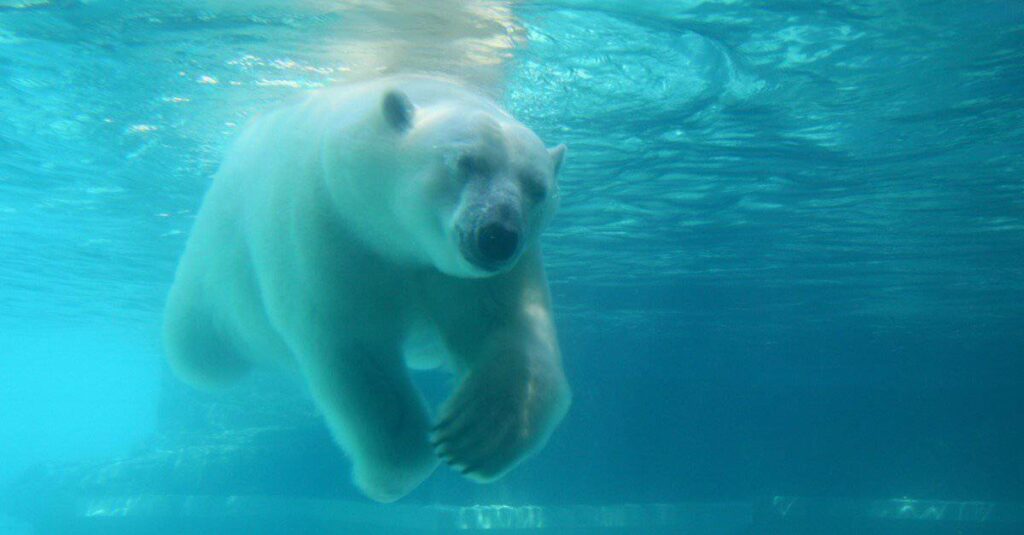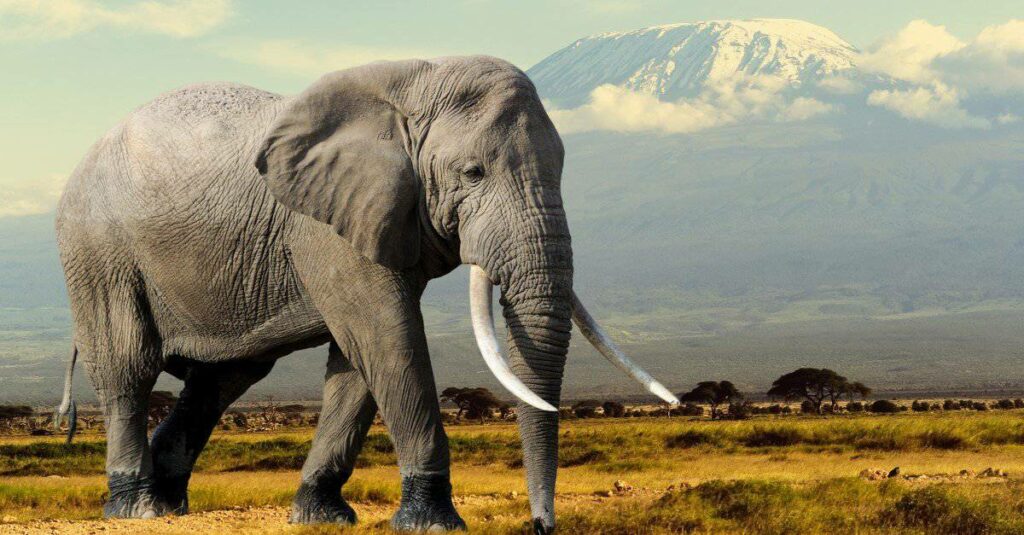The Asiatic black bear (Ursus thibetanus), also known as the moon bear due to the crescent-shaped marking on its chest, is a medium-sized bear species native to various parts of Asia. What sets this species apart is its strong adaptation to life in the trees. Sadly, it’s currently listed as Vulnerable on the IUCN Red List, facing growing threats from deforestation and illegal poaching—particularly for body parts used in traditional medicine.
Appearance
Asiatic black bears are medium to large in size, with broad, stocky bodies, a rounded head, and small eyes. One distinctive feature is their large ears, which are more widely spaced than those of their American cousins. They walk flat-footed—much like humans—and have strong, thick legs with broad paws designed for climbing. Their fur is long and coarse, usually black, with a noticeable light-colored “V” or crescent on the chest. You’ll also see white or beige markings on their throat, chin, and muzzle. Their short tail is mostly hidden beneath their coat.
Range and Habitat
These bears occupy a surprisingly wide but fragmented range—from southeastern Iran and Afghanistan through the Himalayas in India and Nepal, eastward to Myanmar, and across much of Southeast Asia (excluding Malaysia). They’re also found in southern and northeastern China, North and South Korea, and parts of the Russian Far East. Isolated populations live on the Japanese islands of Honshu and Shikoku, as well as on Hainan and Taiwan.
Their habitats are just as varied. Asiatic black bears are found in mountainous areas, deciduous and mixed forests, thorn and moist forests, and regions with dense vegetation. During the warmer months, they tend to stay at higher elevations, only descending to lower altitudes during winter.
Behavior and Lifestyle

Generally nocturnal, Asiatic black bears rest during the day—usually in caves or tree hollows—and forage at night. However, it’s not uncommon to see them feeding during daylight hours. As autumn approaches, their nocturnal activity increases.
These bears are mostly solitary but may sometimes form small family groups, usually made up of two adults and their cubs. They’re excellent climbers and spend a significant part of their lives in trees—feeding, resting, escaping predators, or even hibernating. In fact, they’re considered one of the largest tree-dwelling mammals.
Hibernation patterns vary across their range. While many bears don’t hibernate at all, those in colder northern climates or higher altitudes usually do—especially pregnant females. Hibernation dens can be found in a variety of places, such as hollow trees (sometimes 60 feet above ground), caves, ground burrows, and even abandoned dens once used by brown bears. They typically prepare for hibernation in October and sleep through winter until March.
When it comes to communication, these bears are surprisingly vocal. They make a range of sounds including grunts, roars, whines, and even hisses when threatened. Injured or angry bears can make loud, distressing noises described as an “appalling row.” Courting bears “cluck,” and those approaching others may emit a unique “tut-tut” sound thought to come from their tongue snapping against the roof of their mouth.
Although generally shy and keen to avoid human interaction, Asiatic black bears may become aggressive if they feel threatened or are protecting cubs.
Reproduction
Asiatic black bears are polygynandrous, meaning both males and females may have multiple partners. Mating seasons usually fall between June–July and again in January–February. Dominant, heavier males tend to have more mating success due to a hierarchical structure based on size and age.
After a gestation of 6–8 months, females typically give birth to one to four cubs—most commonly two—between March and April, in the safety of their winter den. Cubs are born blind and helpless, fully dependent on their mother. They start weaning around six months of age, gradually switching to solid food, and often stay with their mother until they’re 2 to 3 years old. Bears reach sexual maturity around 3 to 4 years of age.
Population and Conservation
Major Threats:
The biggest danger facing Asiatic black bears is illegal hunting. Their gall bladders, paws, and skins are highly sought after for use in traditional medicines and rituals. Additionally, habitat loss caused by logging, road construction, and human settlement expansion continues to reduce their numbers.
Population Estimates:
Although an exact global population number isn’t available, regional estimates offer some insight:
-
China: ~28,000 individuals
-
Japan: 12,000–19,000
-
India: 5,000–7,000
-
Russia: 5,000–7,000
-
Iran: ~100–200
-
South Korea: Around 40 individuals
Overall, Asiatic black bears are classified as Vulnerable by the IUCN, and their population trend is currently decreasing.




